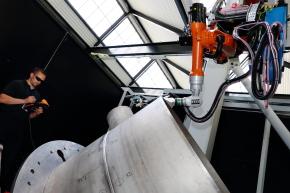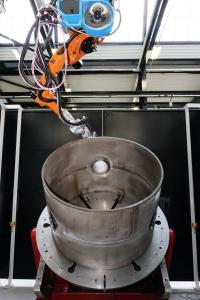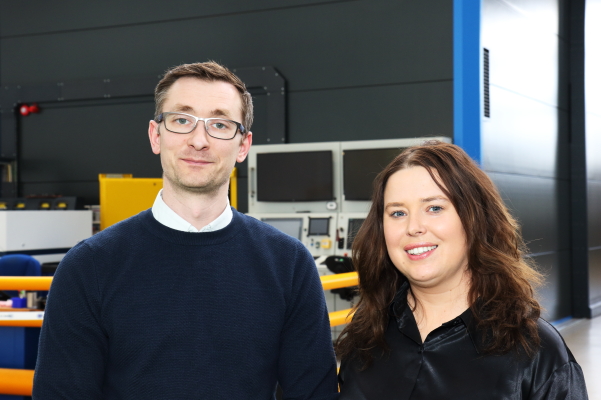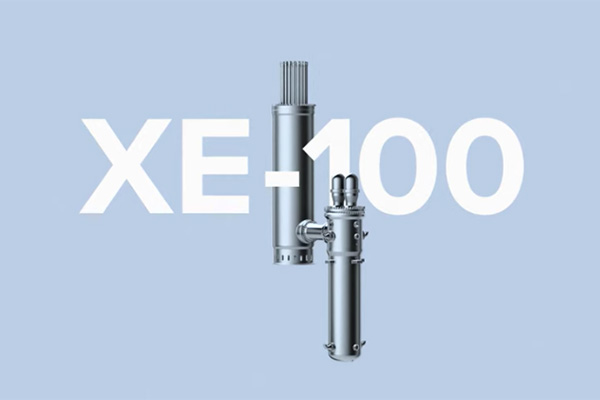The Nuclear AMRC now offers world-leading capabilities in bulk additive manufacturing, with the installation of a £1 million automated cell built by Kuka Systems UK.
 Like a heavy-duty version of the now-familiar 3D printer, the bulk additive manufacturing cell can build high-integrity parts from the ground up, and add metal features to large forgings such as pressure vessels.
Like a heavy-duty version of the now-familiar 3D printer, the bulk additive manufacturing cell can build high-integrity parts from the ground up, and add metal features to large forgings such as pressure vessels.
The new facility is funded by the High Value Manufacturing Catapult.
The 10 by five metre cell features a six-axis Kuka robot arm, mounted on a three-axis nine metre gantry, plus a two-axis manipulator with 3.5 metre diameter turntable. The robot initially carries a ‘toptig’ arc welding system, which integrates the wire feed into the welding torch, and has been developed by Air Liquide specifically for robotic welding applications.
The robot will work directly from a CAD model to lay down weld material to create three-dimensional geometries. As well as creating near-net shape parts, the cell can also add non-critical structural features to large pump and valve casings or pressure vessels, reducing the initial size and complexity of expensive forgings or castings.
 “We’re looking at the whole system of additive manufacturing with this cell – both the technical process development and the business side,” says Udi Woy, Nuclear AMRC technology lead for additive manufacturing. “Manufacturers aren’t so concerned about developing the process, they just want to build something that meets customer requirements in a more cost-effective way.”
“We’re looking at the whole system of additive manufacturing with this cell – both the technical process development and the business side,” says Udi Woy, Nuclear AMRC technology lead for additive manufacturing. “Manufacturers aren’t so concerned about developing the process, they just want to build something that meets customer requirements in a more cost-effective way.”
The technology builds on previous research at the Nuclear AMRC and its sister centre, the AMRC with Boeing, into the shaped metal deposition technique which builds large near-net shape parts from welded wire.
The new robot is able to carry a selection of end effectors, allowing the Nuclear AMRC team and partners to investigate a range of welding technologies using metal powder and wire, and to inspect and finish parts in a single set-up. The design of the cell helps avoid contamination problems that can arise in traditional powder-bed additive machines.
The flexibility of the cell will also allow the technology to be more easily introduced into established factories.
“One of the limiting factors of additive manufacturing is how disruptive it is when you introduce it into a stable production line,” Woy says. “If you can buy tools that fit into your production line and use whatever systems you have available, that reduces entry costs and allows more manufacturers to expand their capabilities.”
To see the cell being installed and tested, watch the video below.






